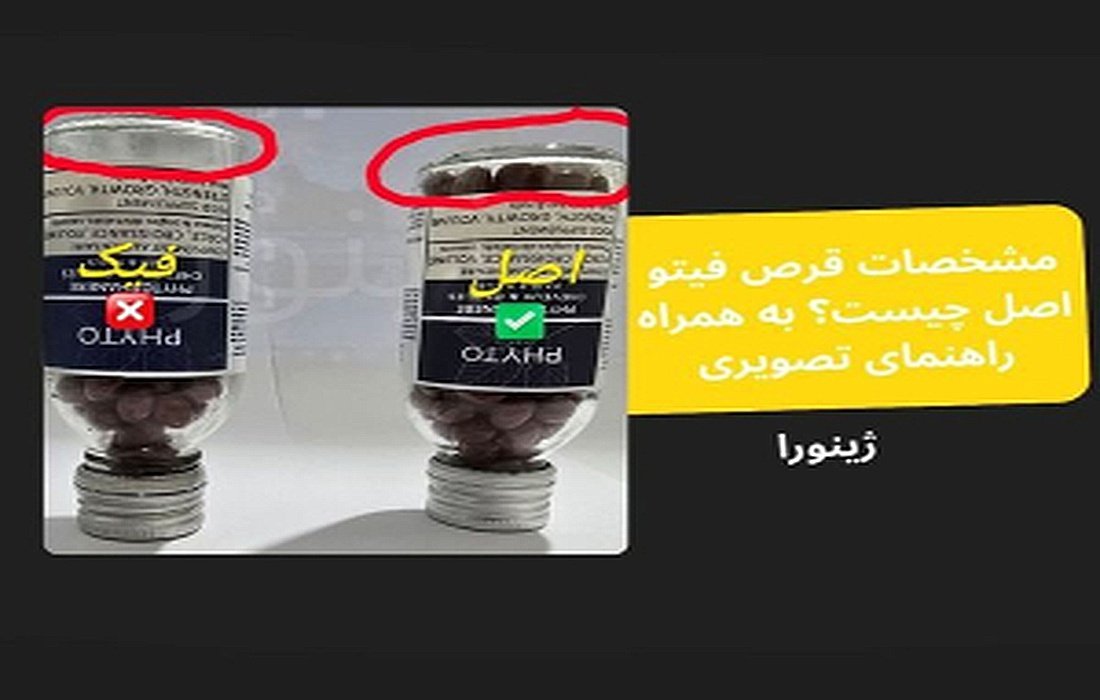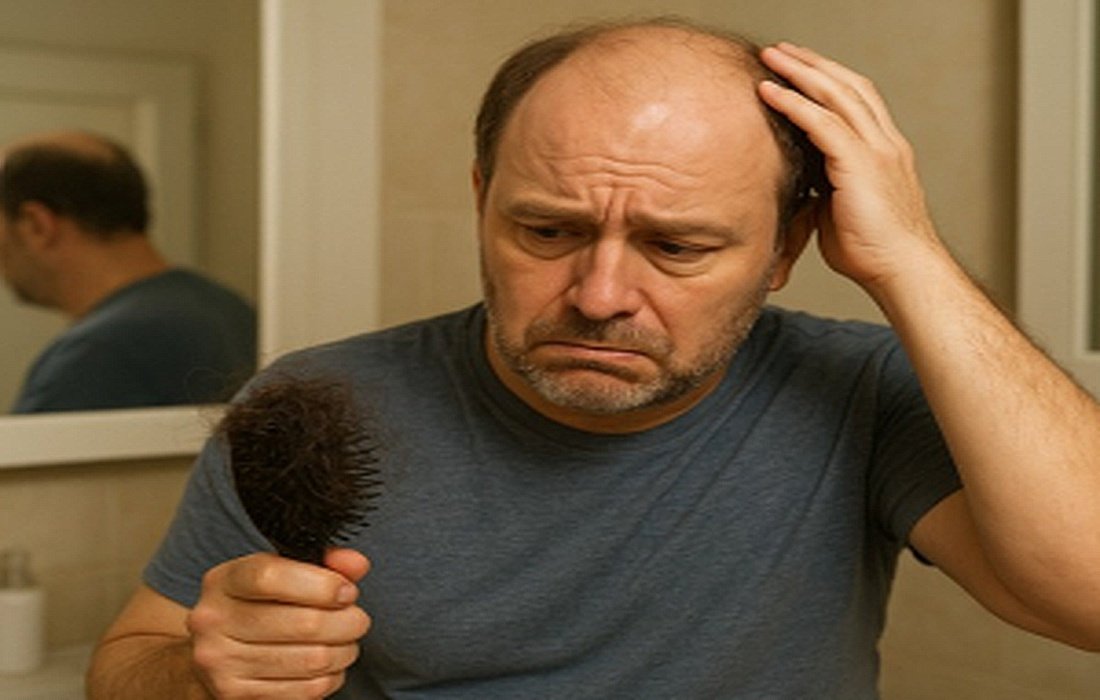Water in the earWhat are the dangers and how can it be dried?
Getting water in the ear is very common and can happen to anyone. Water can enter the ears while swimming or bathing. Normally, earwax prevents liquids from entering, but sometimes water can stay inside, causing itching and severe ear pain.
It can also be associated with pain and hearing loss. If water in the ear is not treated, it can lead to hearing loss, cyst formation, eardrum swelling, and other issues. That’s why treating it is very important. In this section, we discuss health tips.SelMagzWe will tell you how to dry your ear.

Why does water stay in the ear after swimming?
Water in the ear can be due to reasons such as a narrow ear canal, excess earwax, or foreign objects inside the ear.
Does water in the ear happen to everyone, or are some people more at risk?
Children and adults who spend a lot of time in water are more at risk; however, water can enter the ear whenever you go underwater. Sometimes, tilting or balancing can cause water to enter the ear.

Is water in the ear dangerous?
Sometimes. Ears produce a waterproof substance called earwax, so most water passes out slowly. If this doesn’t happen, bacteria can start to grow, leading to swimmer’s ear infection.
The optimal environment for bacteria growth is moisture, scratches inside the ear canal, allergic reactions, or skin diseases.
Early symptoms of swimmer’s ear may include:
- Redness and itchiness inside the ear canal
- Mild pain
- Clear, odorless fluid discharge
If you experience these symptoms or water has been trapped in your ear for days or even weeks, be sure to see a doctor.

How to prevent water from entering the ear?
If water enters your ears after swimming or bathing, you can use earplugs. Here are methods to dry and drain water from the ear:
Gravity:
- The best way to remove water from the ear is to use gravity.
- Tilt your head sideways and keep the affected ear parallel to the ground.
- Place your palm against the ear and press hard for a few seconds. Quickly remove your hand. A temporary vacuum will form that pulls water out of the ear.
- Carefully clean the ear canal with a cotton swab to remove water.
- Yawning or chewing motions can also help by creating pressure in the middle ear and pulling water out by stretching the ear canal.
Note:Do not use earbuds.

Valsalva Maneuver Technique:
Performing the Valsalva maneuver helps open the Eustachian tubes and allows water to drain from the ear.
Close your mouth, pinch your nose with your fingers, and take a deep breath.
Gently blow air out of your nose to equalize pressure. If done correctly, you will hear a slight sound caused by the opening of the Eustachian tubes.
NoteDon’t pinch your nose too tightly, as it may damage the eardrum.Ear-Drying with a Hairdryer:To speed up drying, a hairdryer on a warm setting can be used. The warm, dry air turns water into vapor, helping it leave the ear.

Hold your outer ear away from your body.
Keep the hairdryer about 10 to 12 inches away from the ear.
- Set the dryer to a low heat setting.
- Turn on the hairdryer and aim it directly at the ear canal.
- Keep it in that position for about 30 seconds.
- Repeat if necessary.
- Do not perform this repeatedly or for a long time at once.
- Thermal Therapy:
- Applying heat can quickly dry the water inside the ear. A warm water bag can open the Eustachian tubes, making it easier for water to escape.

Dip a cloth in hot water and squeeze out excess moisture.
Place the warm cloth on the affected ear for 30 seconds, then repeat after a minute. Do this four or five times.
Lie on your side to help drain the liquid from the ear.
Using Alcohol and Vinegar:
This home remedy involves using alcohol and vinegar, which have antibacterial properties.
Vinegar
Kills bacteria in the ear, and alcohol helps dry out the water.Mix one teaspoon of vinegar and alcohol, and using a dropper, put two or three drops of this solution into the affected ear.Gently massage the outer ear canal and wait for 30 seconds. Then tilt your head to let the liquid drain out easily.
Hydrogen Peroxide:
Hydrogen peroxide is another effective option for removing water from the ear. Its gaseous nature helps break down water and wax in the canal.

Use a dropper to put four to five drops of 3% hydrogen peroxide into the ear.
Let it sit for a minute or two. Tilt your head downward to help the liquid drain out.
Steam Inhalation:
Inhaling steam is an easy way to reduce water accumulation in the ear. It helps open the Eustachian tubes and facilitate water drainage.
Pour hot water into a large bowl.
Cover your head with a towel and breathe in the steam gently for 5 to 10 minutes. Tilt your head to one side to help water escape from the ear.
- You can also take a warm shower to help water exit the ear canal.
- Salt:
- One suggested method in this health section is using salt; salt absorbs water and can help remove water from the ear. The heat from warm salt also aids in evaporation and pain relief.

Warm a quarter cup of salt in the microwave.
Place the salt in a cloth or gauze and seal it tightly.
- Hold this cloth near the affected ear for two or three minutes.
- Garlic:
- Garlic is another method to remove water from the ear. It also has antibacterial properties that help prevent ear infections and reduce pain.
Squeeze a few garlic cloves to extract juice. Put two or three drops of garlic juice into the affected ear.
Wait for a minute, then dry the ear with about 12-inch distance using a hairdryer.Olive Oil:Olive oil is a great remedy for facilitating the flow of residual water in the ear and has disinfectant properties that reduce the risk of infection.
- Warm a little olive oil in a small bowl.
- Use a dropper to put a few drops of warm olive oil into the ear and let it sit for 10 minutes.

Then, tilt the head to one side to help remove the oil and water with a soft cotton swab.
Applying two or three drops of olive oil before swimming can block the ear canal and prevent water from entering.
- Humidifier Device:Dry air worsens upper respiratory infections and prevents recovery from ear pain and water drainage. To reduce discomfort and promote healing, place a humidifier in the room.Make sure the humidifier is near the affected ear. It helps turn water into vapor to exit the ear. You can also go to a sauna, take a hot shower, or place a hot water bottle near the affected ear.
- Salt Water:
- Saltwater is effective for treating ear pain or removing water from the ear and also helps prevent ear infections. Using saltwater is simple and easy.
- Simply mix one teaspoon of salt in a cup of warm water and stir until fully dissolved. Use warm water at room temperature to prevent dizziness or pain caused by hot or cold water. Use a dropper to put a few drops into the ear canal.

Adding Water to the Ear:
Adding more water can help you remove water from the ear. Tilt your head so that water goes upward, then use a dropper to put in a few drops of room-temperature water.Do not use cold or hot water, as it can cause ear pain. Immediately turn your head to the affected side and down. Liquids and water stick together, increasing the chance of water leaving the ear.Yawning:
This might seem unusual for removing water from the ear, but it’s effective. People suffering from water trapped in the ear can simply yawn to help it out. It’s believed that each yawn movement influences the water in the ear and helps get it out. If you feel water moving, continue doing this.
Chewing:
Although chewing can be difficult and cause pain when water is trapped, it is an effective technique. To do this, you don’t need food—just imagine chewing. While chewing, tilt your head toward the side without water, then move it to the other side to help drain the water from the ear.Many sufferers often try chewing gum as a helpful trick.Chewing Gum
Helps water to exit the ear faster and more easily. Combining this with tilting your head can improve this method’s effectiveness.Cleaning the Ear with a Cloth:A simple tip for removing water from the ear is to wipe it. Using a clean, soft cloth or towel around the outer ear helps you get rid of water or any liquid inside. Tilt your head downward to help drain water out. Do not press the cloth or towel inside the ear, as this may trap water further inside.

Dealing with Water in the Ear
Removing Water from the Ear
Ear Inspection
How to Remove Water from the Ear
Ear Pain

Signs of Water Trapped in the Ear
Extracting Water from the Ear
How to Drain Water from the EarValsalva Maneuver TechniqueValsalva Maneuver for Ear DrainageHairdryerDrying Water from the Ear with a Hairdryer
Ear Water Trapped
Preventing Water Entry into the Ear







